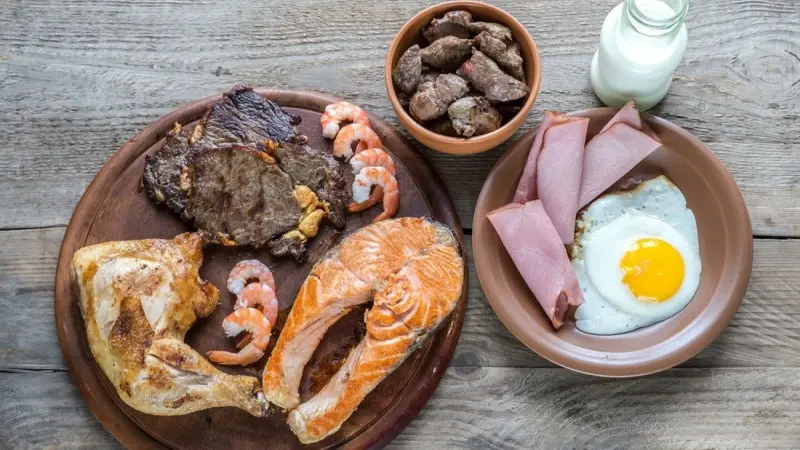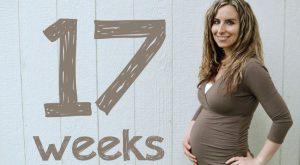The Dukan Diet, designed by Dr. Pierre Dukan, has gained worldwide recognition for its structure and approach to weight loss. This high-protein, low-carb diet is divided into four phases, each having its unique dietary guidelines and objectives.
The first phase, known as the Attack Phase, aims to kick-start the diet with a rapid weight loss period. This article delves into the details of the Attack Phase on the Dukan Diet, exploring its purpose, guidelines, benefits, potential challenges, and some meal ideas.
1. Purpose of the Attack Phase
The Attack Phase serves as the starting point of the Dukan Diet. Designed to ignite the body’s fat-burning metabolism, this phase typically lasts between 2 to 7 days, depending on the individual’s weight loss goals. By focusing solely on high-protein foods, the Attack Phase aims to jump-start the metabolism, resulting in quick, noticeable weight loss.
Also Read
This can be highly motivating for dieters and can spur them on to stick with the diet through the remaining phases.
2. Guidelines of the Attack Phase
During the Attack Phase, the dieter is allowed to consume 68 types of high-protein foods. The list includes lean meats, poultry, fish, shellfish, eggs, and fat-free dairy products. The emphasis is on consuming as much as you want of these foods, whenever you want, thus eliminating the need for calorie counting or portion control.
Alongside these proteins, oat bran is a significant part of the Attack Phase. Dieters should consume 1.5 tablespoons of oat bran each day, providing a source of fiber and helping to curb hunger. Another key guideline is hydration – dieters should drink at least 1.5 liters of water daily.
Physical activity is also encouraged during the Attack Phase, with a recommended 20 minutes of brisk walking each day. This light exercise complements the high-protein diet, helping to boost metabolism and promote weight loss.
3. Benefits and Challenges
The main benefit of the Attack Phase is the rapid weight loss, which can be a powerful motivator. The high-protein content can also help to preserve muscle mass while the body burns fat for energy. Moreover, the unlimited quantity of allowed foods can help dieters feel satisfied and curb cravings.
However, the Attack Phase does come with potential challenges. The restrictive nature of the diet can make it difficult for some to adhere to, and the high protein content might not be suitable for everyone, particularly those with kidney conditions.
Side effects such as bad breath, dry mouth, fatigue, and constipation may occur due to the limited food variety and low carb content. Therefore, it is essential to consult a healthcare provider before starting this or any diet.
4. Attack Phase Meal Ideas
Despite the restrictive food list, there is room for creativity in the Attack Phase. Here are a few meal ideas:
Breakfast: Scrambled eggs with smoked salmon, paired with a dollop of fat-free Greek yogurt and a sprinkle of oat bran.
Lunch: Grilled chicken breast served with a side of cottage cheese. For dessert, a sugar-free jelly.
Dinner: Baked white fish spiced with herbs, accompanied by a prawn cocktail (using fat-free fromage frais instead of mayo).
Snacks: Crab sticks, slices of turkey, or fat-free yogurt.
In conclusion, the Attack Phase of the Dukan Diet is a high-protein, rapid weight loss period designed to kick-start the diet. While it offers quick results and can be motivating, potential dieters should be aware of the phase’s challenges and ensure they have medical clearance before starting. The Attack Phase serves as the springboard into the remainder of the Dukan Diet, setting the pace for the journey towards sustainable weight loss and better health.














